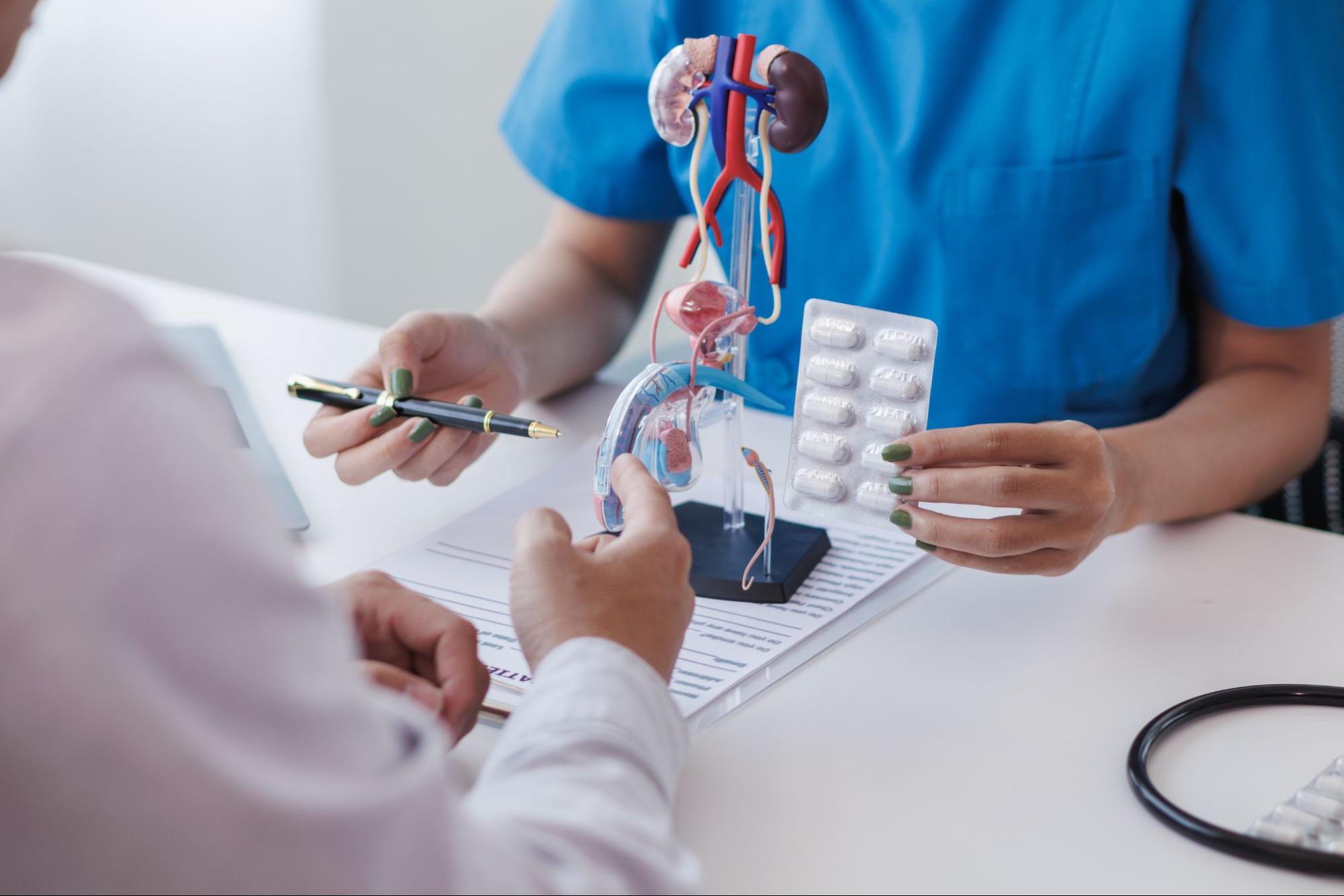
The risk of prostate cancer increases significantly with age, particularly for men over 50.
Those with a father, brother, or close relative with prostate cancer are at higher risk.
Men with inherited mutations in BRCA1 or BRCA2 genes, or those with Lynch syndrome, may have an elevated risk.
A diet high in red meats and fats, lack of exercise, and obesity can also increase the risk.
Research indicates that in Singapore, Chinese men have a relatively higher risk of prostate cancer than Malay or Indian men.
This blood test measures PSA levels, a protein produced by the prostate. Elevated levels may indicate prostate cancer, prompting further examination.
In this physical exam, the doctor feels the prostate through the rectal wall to detect any abnormalities, such as lumps or hardened areas.
Using detailed imaging, an MRI provides a clear view of the prostate, helping to identify suspicious areas that may require further investigation.
If needed, a biopsy is conducted to collect small tissue samples from the prostate. These samples are then analysed under a microscope to confirm the presence of cancer cells.
For additional precision, an ultrasound is used to guide the biopsy needle to specific areas of the prostate, improving the accuracy of the diagnosis.
Adopting a healthy lifestyle can help lower your risk. This includes maintaining a balanced diet rich in fruits and vegetables, engaging in regular physical activity, and avoiding smoking. Regular screenings are also crucial for early detection.
The survival rate depends on the stage at diagnosis. When detected early, prostate cancer has a high survival rate, with many men living for years after treatment.
Yes, prostate cancer and its treatments can impact sexual function, potentially leading to erectile dysfunction. Discussing these concerns with your doctor can help manage and mitigate these effects.
Screening recommendations vary based on age and risk factors. Generally, men over 50 should discuss screening with their doctor, while those with higher risk factors may need to start earlier.
While not all cases are preventable, maintaining good hygiene, staying hydrated, practising safe sex, and avoiding prolonged sitting can reduce the risk of developing prostatitis.